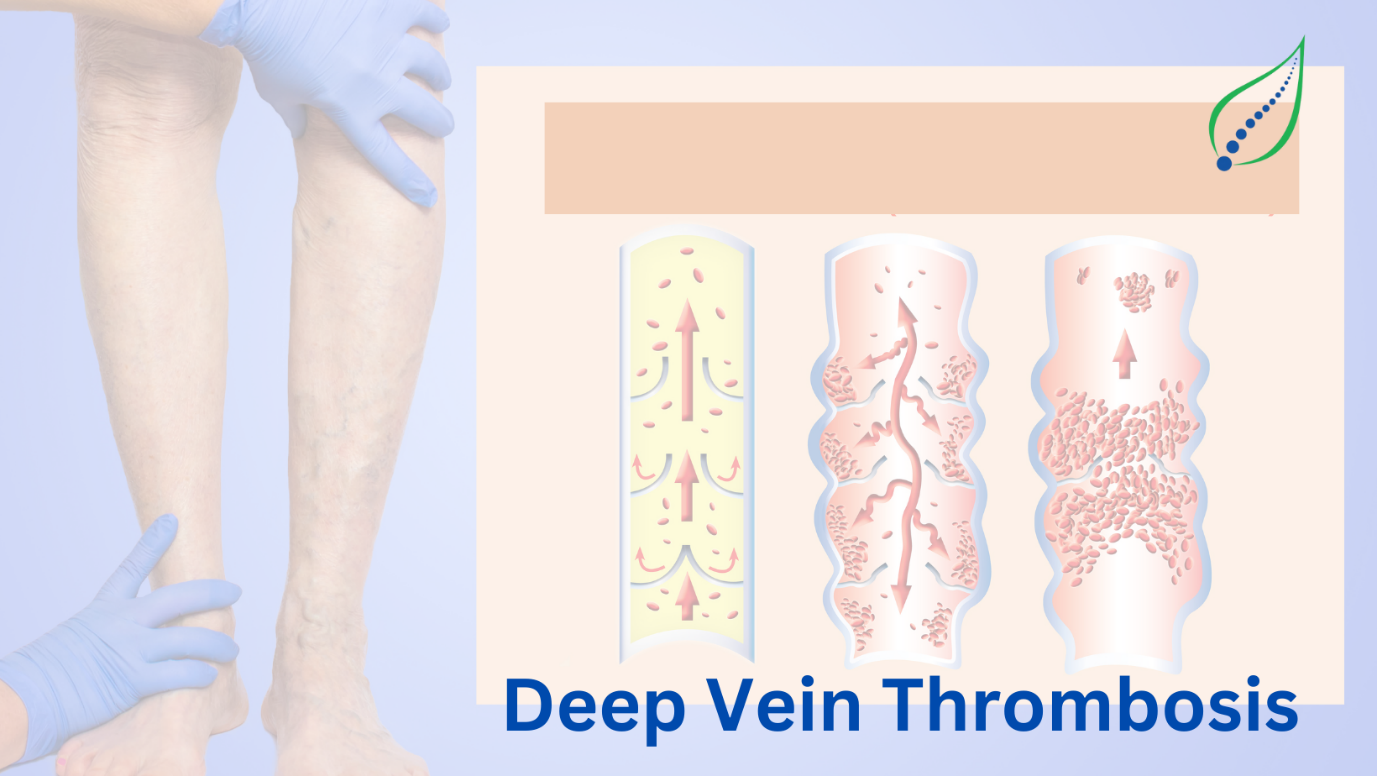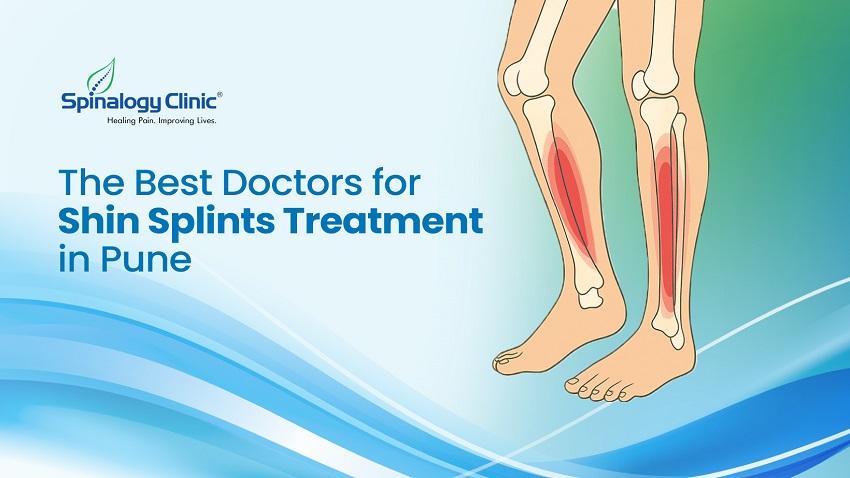Deep Vein Thrombosis
A blood clot develops in a deep vein within your body, which is a dangerous disorder known as deep vein thrombosis (DVT). A blood clot is a collection of blood that has solidified.
While they can occur anywhere on your body, deep vein blood clots commonly originate in the thigh or lower leg.
There may be more names for this condition, such as:
- Thromboembolism
- Post-Thrombotic Syndrome
- Postphlebitic Syndrome
Typical DVT signs include:
- Swelling on one side of your leg, ankle, or foot
- Cramping discomfort, which often starts in the calf, in the afflicted leg.
- Acute, irrational foot and ankle pain
- A patch of skin that feels warmer than the rest of the body
- Depending on skin tone, the skin over the afflicted region becomes pale, reddish, or blue in hue.
Causes/Risk Factors:
A blood clot is the reason for DVT. Blood cannot flow normally through your body because the clot is blocking a vein. A DVT can be caused by:
- Injury: A blood vessel's wall damage may cause the blood vessel to narrow or block. As a result, a blood clot could develop.
- Surgery: Blood vessels may be damaged during surgery, which might result in the formation of a blood clot. After surgery, being immobile in bed for an extended period of time may raise your chance of developing a blood clot.
- Restricted movement or inactivity: Blood might accumulate in your legs, particularly the lower regions, if you sit a lot, like during a long travelling. The blood circulation in your legs may dwindle if you are immobile for a longer duration of time. This may lead to the formation of a clot.
- Medicines: Certain medications make it more likely for your blood to clot. They include antidepressants, glucocorticoids, hormone treatment medications, and birth control pills.
- Age: DVT can occur at any age, however it is more common as people get older.
- Trauma: A blood clot may form as a result of a wound that affects your veins, such as a bone fracture.
- Obesity: Being overweight might increase strain on the veins in your pelvis and legs.
- Pregnancy: Pregnancy raises the risk of DVT.
- Family history: If you have family history of DVT, you may be more prone to get it.
- Catheter: Inserting a catheter into a vein might make it more likely for a blood clot to develop.
- Smoking: This is associated with an increased risk of DVT.
- Cancer: Possessing any type of cancer, including pancreatic, lung, stomach, or brain cancer, increases your chance of developing deep vein thrombosis (DVT), particularly if you are on chemotherapy.
Complications:
Pulmonary embolism is one of the main side effects of DVT. If a blood clot travels to lungs and clogs a blood artery, may result into pulmonary embolism.
Lungs and other organs might suffer to severe harm. Immediately seek medical attention for pulmonary embolism symptoms. These indicators include:
- Dizziness
- Sweating
- Chest discomfort that worsens while attempting to cough or breathe quickly and deeply
- Bleeding in cough
- Increased Heart Rate
Treatment:
DVT therapies focus on stopping the clot from developing. Moreover, therapy may reduce chance of developing additional clots and possibly avoid a pulmonary embolism.
- Anticoagulants: Direct oral anticoagulants (DOACs), such as rivaroxaban (Xarelto) or apixaban, are the preferred method of therapy. Can also prescribe heparin, fondaparinux, warfarin (Coumadin), and enoxaparin (Lovenox) (Arixtra).
- Blood clotting is made more difficult by drugs that thin the blood. Also, they reduce the size of any current clots and lower your risk of developing new clots.
- Thrombolytic medications: If blood thinners are ineffective or the DVT is severe, this medicine may also be helpful to those with upper extremity DVT. Thrombolytic medicines work by breaking up clots.
- Compression Stockings: Doctor may suggest compression stockings to improve blood flow from legs to heart.




